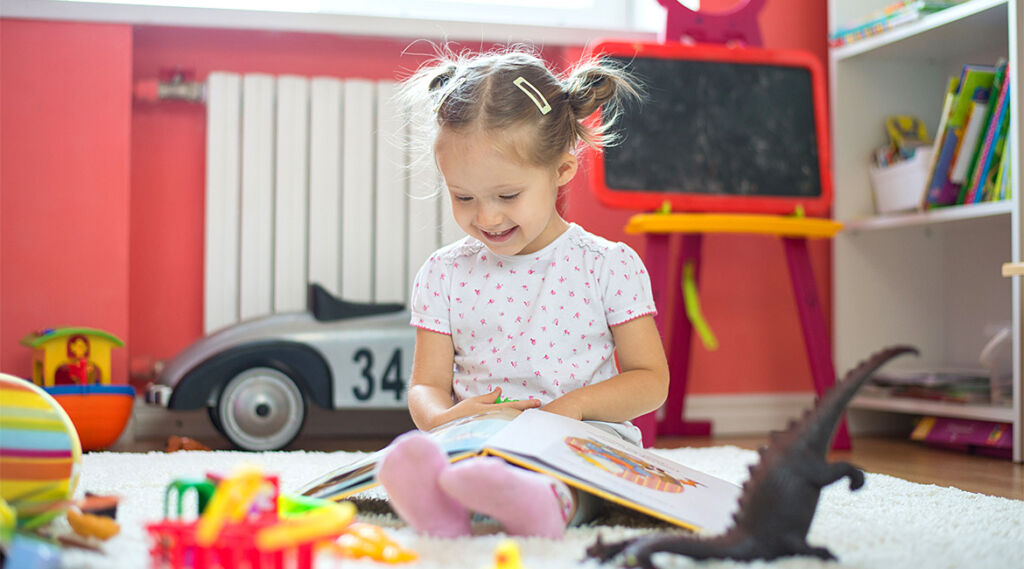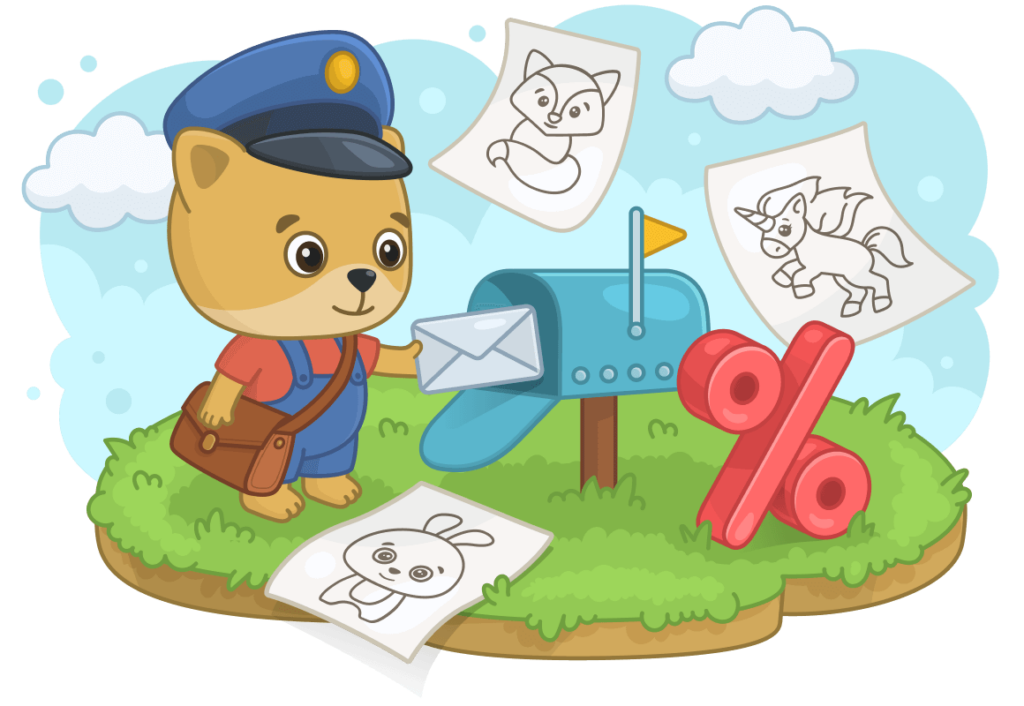“Reading is to the mind what exercise is to the body.” Joseph Addison, British Playwright
Reading is the gateway activity to all other learning. Mastering this skill occurs at different times for different children, but it is essential to know how to help your child learn to read. With your encouragement, reading becomes a springboard to an exciting new world of adventure and knowledge.
Families can use many different methods to support children who are learning to read, and they all have one thing in common: the support of a caring adult to guide the new learner. Learning to read may feel like an impossible challenge to your child, and having you or another encouraging adult for guidance makes a tremendous difference.
Make It Fun
The most important thing you can do is to keep learning fun for your child. Keeping things joyful applies to acquiring any new skill; reading will be one of the first, but there will surely be others. An engaged child is a child that is learning and who wants to keep learning.
You know your child best and what brings them joy. Learning to read can be full of joy and inspiration. Keep that in mind as you read the following tips to help your little one learn to read.
Five Tips to Help Your Child Learn to Read
- Start with a favorite word. Studies show that the pleasure centers of our brains light up when we hear our names spoken, so what better place to begin reading than your child’s name? Always start with capital letters, and focus on the sound the letter makes, not the letter’s name. This can be confusing for some children.
- Use phonics daily. Phonics are words that a child can sound out easily. Encourage your child to make the sound of each letter of the word, then re-read it a little faster each time until the sounds blend. There are many free apps available to keep this fun and engaging.
- Incorporate sight words. These words your child cannot sound out but are common in everyday conversation. For example, ‘the’ and ‘that’ are two of the easiest and most common sight words your child will read.
- Share your love of reading. Talk about what books or magazine articles you are reading and why these interest you. Visit the library and bookstore together and wander through different sections. Spend time together looking at book covers and discussing the titles. Explain what ‘fiction’ and ‘non-fiction’ mean. Ask your child questions about what their interests are and explore together to find appropriate books on that topic. Make finding the book part of the fun!
- Read with your child in unconventional places and create letters and words from unconventional materials. Labels on food items in the supermarket, road signs on the highway, and store marquees are exciting places to find words. You can create letters and make words from art supplies like paint and clay. Draw words in the sand at the beach or in the dirt in your yard. Keep activities fresh and exciting for your child. Allow your children to think of creative word and reading activities on their own as well.

Remember that reading is a skill that requires practice and patience. What works for one child might not work for another. The key is to keep supporting your child and stay positive. Practicing just fifteen minutes a day can make a huge difference. Every child learns at their own pace. Learning to read is about more than acquiring a skill–reading is about adventure, exploration, and creating a life long love of learning.



